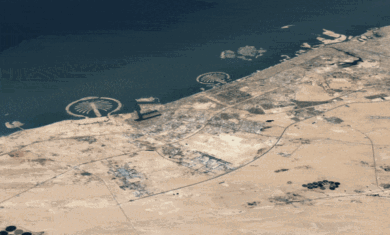It’s been quite a week for Google Maps. Where 2.0 and the Google Developer Day last week brought a flurry of new announcements. I’ll run through them all for you:
Driving directions for the API
You can now use driving directions on your API maps. Not only can you do full directions, but you can capture each step and output it any way that you want, or you can include waypoints in there. It’s quite powerful.
Google Mapplets
As Google puts it, it allows you to create a “mashup of mashups”. Right now it’s kind of tucked away on their site, but you can find it here. I liken it very much to the layers feature of Google Earth. You can take seemingly unrelated content and layer it on top of one another to create a more useful map. At the Developer Day they showed examples of real estate info, mixed with schools, mixed with crime data, mixed with local transit. Having the other data available made the real estate info more useful.
As this feature gains popularity it will also become much more useful.
Street View
You’ve undoubtedly heard about this already. Google just released “Street Views” for Google Maps. It’s quite slick, allowing you to see tons of street-level imagery, but it’s so far only available in five cities (San Francisco, New York City, Las Vegas, Denver and Miami). Mike Pegg at Google Maps Mania has a nice write-up about it.
AdSense Integration
Google announced this at Developer Day, but it’s still about a month away. With just a couple extra lines of JavaScript, Maps mash-ups will be able to contain AdSense placemarks. They’ll show up on the map automatically (such as the location of nearby hotels) and the developer will get paid if a user clicks through for more info — just like a normal AdSense ad. The integration looks quite slick, so it’ll be interesting to see how this works once it’s released.
KML support
Google has been ramping up their support for KML files in maps, and that’ll be increasing a few weeks. Right now, the maps will blow up if you give it more than a few hundred placemarks in a KML. However, within “a couple weeks” you’ll be able to load massive numbers of files and Google will deal with it. They’ll show the “most relevant” items when zoomed out, then include more and more as users zoom in. It’s similar to how most mash-ups work now, but it’ll make the development of those mash-ups much easier, assuming the relevancy is worked out well.
There’s much to be excited about with Google Maps. If I missed anything, please let me know.

